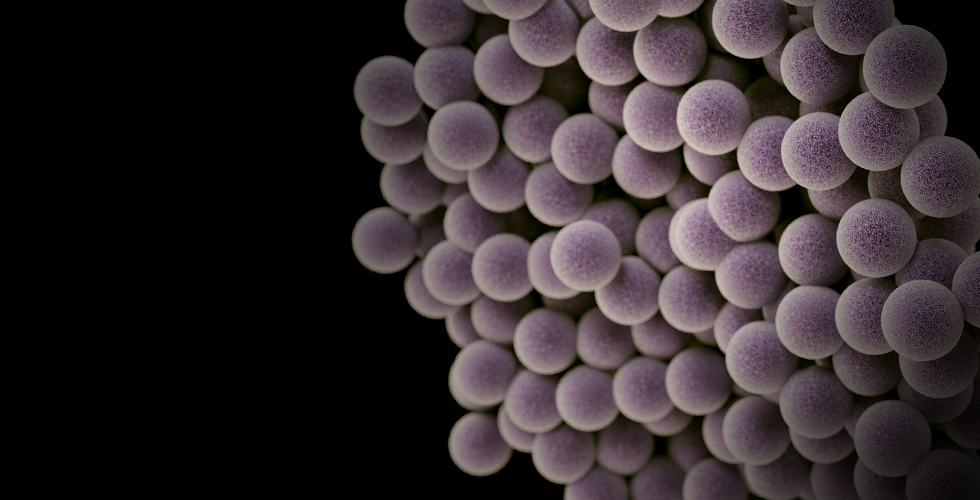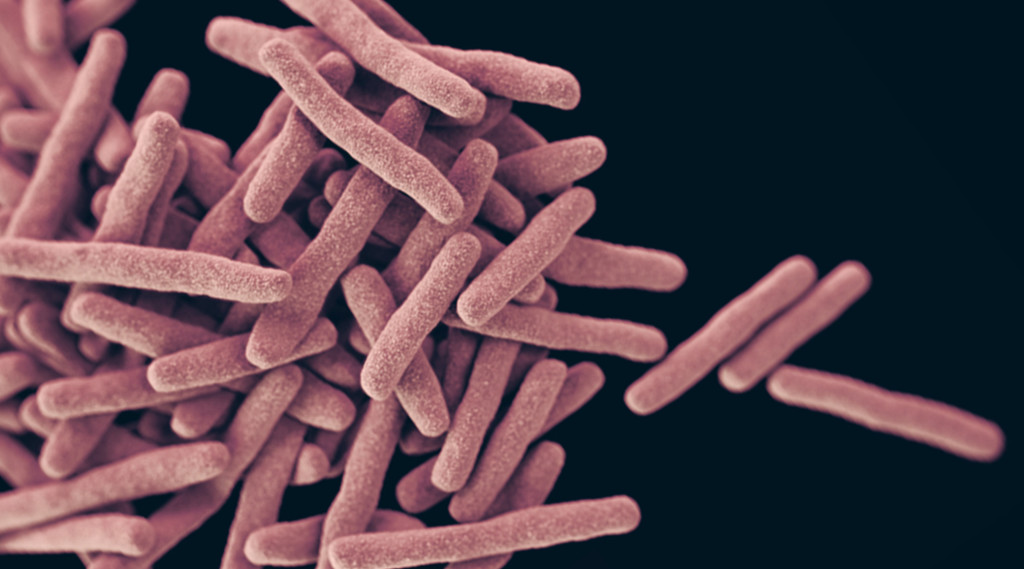Meet the “Nightmare Bacteria”

October 22, 2013
Share
Over time, bacteria can become resistant to the antibiotics that once killed them.
The most dangerous today are resistant Gram-negative bacteria, which have stronger structural defenses.Some Gram-positive bacteria also show high levels of resistance.
Here are some of the more troubling bugs out there today…
Carbapenem-Resistant Enterobacteriacae
AKA: CREWhy it’s so scary: A family of Gram-negative bacteria that live in the gut, CREs are increasing in frequency and have become resistant to all or nearly all the antibiotics we have today.
Multidrug Resistant Acinetobacter baumannii
AKA: AcinetobacterWhy it’s so scary: This Gram-negative bacteria appeared in the United States after Iraq and Afghanistan war vets returned home. Acinetobacter is tough enough to survive even on dry surfaces like dust particles, making it easy to pass from host to host, especially in hospital environments.
Pseudomonas aeruginosa
AKA: P. aeruginosaWhy it’s so scary: A bacteria linked to serious infections in the bloodstream or in surgical wounds, it can lead to pneumonia and other dangerous complications. Some Pseudomonas strains are resistant to nearly every family of antibiotics.
Clostridium Difficile
AKA: C. DiffWhy it’s so scary: A Gram-positive, C. Diff can live in the gut without causing symptoms before it attacks patients with weakened immune systems. It’s growing — infections increased 400 percent between 2000 and 2007 — and becoming increasingly resistant.
Methicillin-Resistant Staphylococcus Aureus
AKA: MRSAWhy it’s so scary: This Gram-positive bacteria infects about 80,000 people each year and can lead to sepsis and death. MRSA infections have dropped significantly in hospital settings, but in the past decade have increased rapidly in the community.
Drug-Resistant Tuberculosis
AKA: TBWhy it’s so scary: One of the world’s most common infectious diseases, TB spreads easily through the air when infected people cough or sneeze. It’s increasingly becoming resistant to the drugs used to treat it.
Data Source: Centers for Disease Control and Prevention All medical illustrations provided by the CDC

Related Documentaries
Latest Documentaries
Related Stories
Related Stories
Policies
Teacher Center
Funding for FRONTLINE is provided through the support of PBS viewers and by the Corporation for Public Broadcasting. Additional funding is provided by the Abrams Foundation; Park Foundation; the John D. and Catherine T. MacArthur Foundation; and the FRONTLINE Journalism Fund with major support from Jon and Jo Ann Hagler on behalf of the Jon L. Hagler Foundation, and additional support from Koo and Patricia Yuen. FRONTLINE is a registered trademark of WGBH Educational Foundation. Web Site Copyright ©1995-2025 WGBH Educational Foundation. PBS is a 501(c)(3) not-for-profit organization.



















